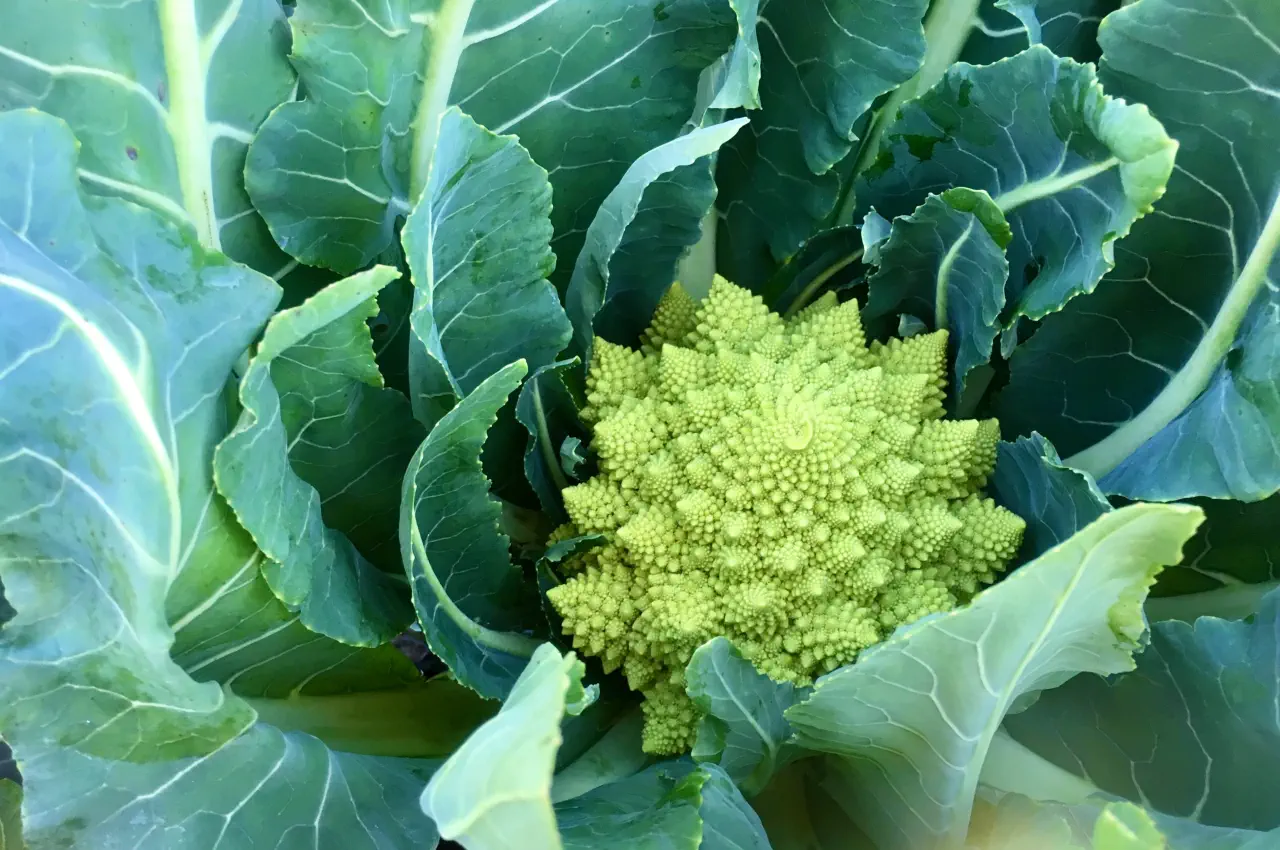Growing strawberry plants in the UK can be a rewarding experience, as our climate is generally suitable for this fruit.
If you're not getting the desired yield from your strawberry plants, there could be several factors at play....

It’s not often you’ll hear a vegetable described as attractive but that’s exactly what many vegetable growers say of the Romanesco cauliflower. Unlike a typical cauliflower, the florets of the Romanesco cauliflower are made up of tiny light green buds, formed into perfect geometric spirals. It almost looks too good to eat but once you taste the flavour, you will appreciate this little gem more than ever. As the Romanesco cauliflower is a typical member of the cabbage family (Brassica), it is relatively easy to grow.
Seeds can be sown in pots or modular trays, under glass between late February and March. Fill the pots or trays with seed compost and sow 2 seeds per module at around 1cm deep. Cover with fine compost and lightly press down to firm. Next, apply water with a watering can and rose attachment. Remove the weakest seedling when large enough to handle. After 2-3 weeks you can move the plants to a cold frame to harden off before planting out in the open during May.
Alternatively, you can sow directly outdoors from late April to June. Create a shallow furrow about 1cm deep using the edge of a hoe. Sow 2-3 seeds at 45cm intervals and lightly cover with soil. Use the back of a rake to gently firm down the surface and then water with a watering can with a rose attachment. After germination, reduce to one plant per 45cm spacing. If growing in rows, allow 60cm between rows.
Minaret is a smaller open pollinated Romanesco variety that produces.....
Average Packet Contents : 50 seeds
F1 Navona is a romanesco cauliflower producing a uniform.....
Average Packet Contents : 20 seeds
Romanesco cauliflowers prefer a sunny position. Prepare the soil in late autumn or early winter by incorporating plenty of organic matter, such as well-rotted manure. Prepare the planting area by raking the surface soil to a fine, level tilth and then firm down with the back of a rake. Sprinkle a general, granular fertiliser at the rate of 150gm per square metre over the surface and lightly rake in.
Plants that have been started off under cover and subsequently hardened off can be moved to their final planting positions during April. Space the plants 45cm apart and 60cm between rows. Ensure the soil is firmed to support the plants and then water them in. If frosts are forecast, protect the young plants with glass or polythene cloches at night.
Water the young plants often to ensure they do not dry out. Keep the soil between the plants and rows clear of weeds to discourage pests and diseases. Applying a mulch of compost or bark would help in retaining moisture and also discourage the cabbage root fly from laying eggs. As the plants grow, feed the plants by adding a sprinkling of general fertiliser to the soil every 2-3 weeks to help them develop healthy foliage and florets. Alternatively, you can apply a liquid vegetable fertiliser at every other watering.
Romanesco cauliflowers are prone to attack by several pests including the Cabbage White Butterfly and the Cabbage White Fly, both of which lay their eggs on the underside of the leaves. Cabbage Root Fly can be troublesome too. The adults lay their eggs on the soil surface at the base of plants and the emerging larvae will burrow down and attack the roots. Nematodes have proved to be an effective biological control method. Club Root can be a problem for all brassicas but unfortunately, there is no cure. Rotating crops each year can help keep the disease at bay.
Romanesco cauliflowers will be ready for harvesting between September and November